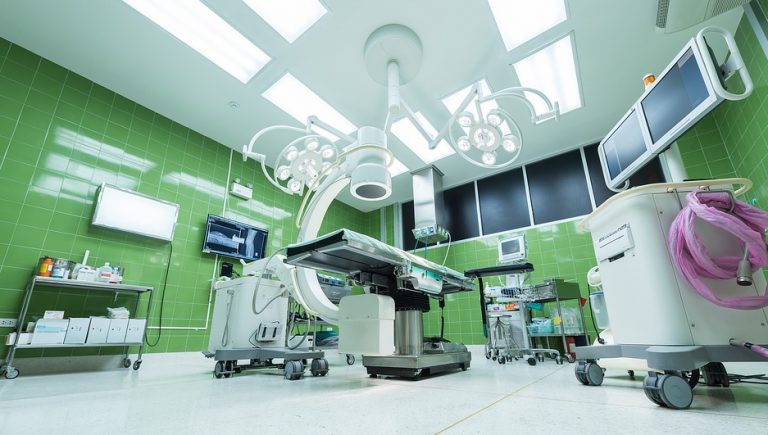Webinar Duration: 90 minutes
RECORDED: Access recorded version only for one participant; unlimited viewing for 6 months (Access information will be emailed 24 hours after the completion of payment)
SPEAKER: Brian Shoemaker
OVERVIEW:
Now that AAMI has published TIR 45, medical device firms know that the Agile development approach is allowable – but many still struggle with how to gain the speed and flexibility of Agile while complying with FDA expectations. Through the example of a real medical device project, this webinar discusses how three overall techniques (impact mapping, iterative risk analysis, and story mapping) can be employed for development in an FDA-regulated context. These techniques, together with standard Agile technical practices, allow teams to achieve much greater speed and flexibility without compromising quality in any way.
Impact mapping can be used to assure common ownership and cross-functional communication – key elements for any good software development. Story mapping not only assists in understanding workflow scenarios, but also in safety risk analysis. High-level hazard analysis contributes safety-related user stories. Traceability is established directly, not as a separate activity, by making connections within the map, and by defining tests for individual stories. Refining the backlog develops complete requirements – and outlines our risk management – in the natural course of development.
Impact mapping / story mapping achieves far more than requirements management: it knits together key elements needed for high-quality, compliant medical device software development. The transition takes work – but using these methods effectively allows teams to develop software rapidly with no compromise in quality or product safety. A real medical project will show the benefits of impact mapping and story mapping, while fully complying with documentation and risk management requirements for medical products. While the focus is on medical product examples, the presentation will be relevant to all types of safety-critical software and hardware development work.
Why should you Attend: Medical device firms – and many others in highly regulated, software-intensive industries – still struggle with applying Agile methods in their work. What if there were an officially sanctioned way to use Agile for Medical development? What if traceability could fall naturally from the work you’re already doing? What if there were tools to support incremental hazard analysis and formal design reviews? What if hazard mitigations were as easy to track as Agile stories? All of these exist right now, and are the subject of this webinar.
Areas Covered in the Session:
– Medical devices with software provide a bleak picture
– Impact mapping- “frame” a product for all stakeholders
– Iterative safety analysis fits well with mapping
– Story mapping- translate our understanding
– Agile links the “silos” – and improves products significantly
Who Will Benefit:
– Regulatory Specialists
– Functional Managers – Software, Test, Hardware
– Other Development Specialists (Mechanical, Engineering, Other)
– Project Managers (Especially for Cross-Functional Teams)
– Software Developers
– Business Analysts
– Requirements Analysts
– Product Managers
– Portfolio Managers
SPEAKER PROFILE:
Brian Shoemaker consults for healthcare products companies on computer system validation, software quality assurance, and electronic records and signatures. He has conducted validation both on product software and on internal software, developed software quality systems, audited software quality processes (including agile methodology), and evaluated 21 CFR Part 11 compliance. He has had clients in clinical diagnostics, medical device engineering, medical imaging, medical-device fabrics manufacturing, contract lyophilization, clinical trial software, dental prosthetics, and bone-repair implants. He has worked with companies in Germany and Switzerland as well as the U.S.
Previous to founding ShoeBar Associates, Brian had quality roles at PPD Informatics, Doxis, Inc., and Behring Diagnostics, Inc. Brian earned his Ph.D. in chemistry from the University of Illinois; he has achieved the ASQ Software Quality Engineer certification.



